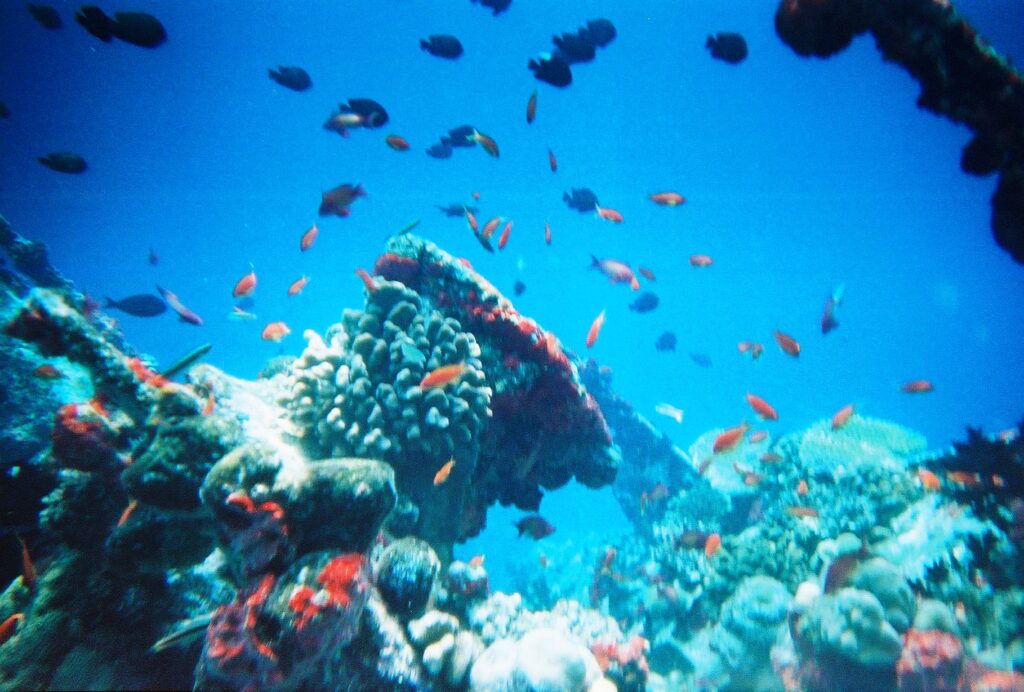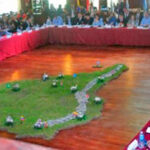Now Reading: The climatic emergency and the fishes of Amazon: what the science teachs to prevent a catastrophic loss of biodiversity
-
01
The climatic emergency and the fishes of Amazon: what the science teachs to prevent a catastrophic loss of biodiversity
The climatic emergency and the fishes of Amazon: what the science teachs to prevent a catastrophic loss of biodiversity
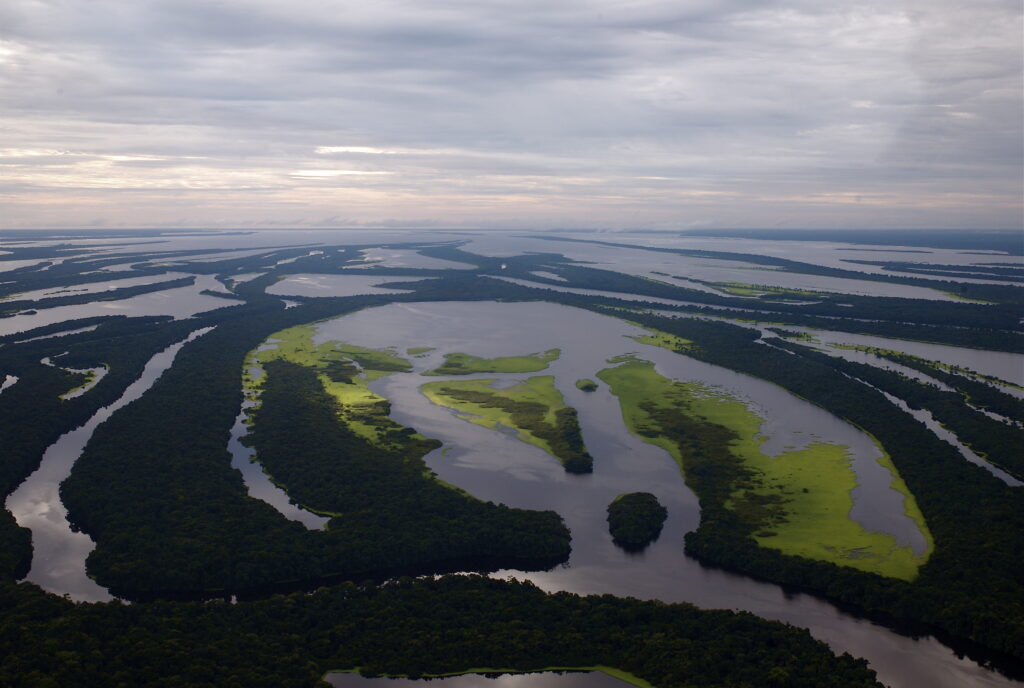
The state of Amazonas is already facing a new era of climate extremes. Severe droughts and high temperatures broke historical records between 2023 and 2024, with immediate impacts on Amazonian communities and other, not yet fully understood, consequences that threaten Amazonian biodiversity, especially in rivers, lakes, and streams.
The Amazon basin is home to the greatest diversity of freshwater fish in the world, with over 2,300 described species. This biological richness makes fish one of the main sources of nutrients in the region, especially for riverside communities that rely on fishing for sustenance and have limited access to other forms of food.
Recently, studies have investigated how extreme droughts pose a risk of homogenizing fish populations across the basin. This phenomenon adds to other factors already pressuring aquatic ecosystems, such as overfishing and dam construction. Among these studies, those investigating fish physiology have gained prominence: after all, it is urgent to know whether these animals can adapt to rising temperatures and habitat loss caused by extreme events.
Lake Tefé: Before and After
Lake Tefé, in Amazonas, is part of the landscape of the Mamirauá Reserve, an area of over 1 million hectares between the Solimões and Japurá rivers. The meeting of these rivers floods the entire region for at least 4 months a year. The result is an abundance of nutrients, coming from different rivers, which enables a rich diversity of fish species, including those of great value to regional fishing: 541 different species have been identified.
This abundance, however, is under threat. The region was hit by a historic drought in 2023, followed by an unusually low flood in 2024, reaching even lower water levels and setting new records, along with an alarming increase in fires. Additionally, accelerated deforestation, worsened after the pandemic, also contributes to reduced humidity in the biome, prolonging the drought event.
In 2023, Lake Tefé was one of the most affected regions, with water temperatures exceeding 40°C. Waters this hot result in mass mortality of various aquatic species, including fish and dolphins. In 2024, the lake lost about 75% of its surface area—from 379 to 95 km²—recorded temperatures of up to 41°C, and had extensive areas with depths of less than 0.5 meters.
Can Fish Survive Events Like This?
Many Amazonian fish have mechanisms to withstand environmental variations, but their ability to adapt is being tested like never before and in an extremely short time frame. Rising temperatures reduce the amount of dissolved oxygen in the water, which fish breathe, while also requiring the animals to expend more energy to stay alive. For many species, this combination can be fatal.
In studies conducted in Tefé, it was found that a widely consumed fish species in Amazonas, the aracu (Schizodon fasciatus), is severely harmed by this combination. Environmental stress altered the structure of the animal’s cells, with the potential to damage its DNA, causing possible mutations.
Other species, such as the papaterra (Satanoperca jurupari), show better abilities to cope with the adversities of drought. But in a scenario where these droughts become more intense and frequent, all species are negatively affected in some way: whether through changes in the food chain of rivers and lakes, increased competition for resources, higher rates of parasitism, among other possibilities. This could lead to a process of selecting the most resilient species and a decline in biodiversity.
For the Amazon, reduced biodiversity also means a loss of quality of life for us, the human communities that reside here and benefit from the biome. In particular, riverside communities are already facing reduced fish stocks and significant logistical challenges, impacting food security and the local economy. Additionally, the mass mortality of fish, observed in various regions of Amazonas, compromises water quality and could trigger disease outbreaks.
Science: An Ally to Mitigate and Prevent Extremes
The year 2024 surpassed the 1.5°C limit set by the Paris Agreement and, shortly after, the announcement of the US withdrawal from the agreement has set the world on a path toward an average warming of 2°C. As a result, we are moving toward a scenario of extreme climate events in the Amazon, both droughts and floods, becoming more frequent and intense.
Throughout the 20th century, only one drought occurred with the Rio Negro’s minimum level below 14 meters. In the last 25 years, this has happened three times, with the river falling below 12 meters during the 2023-24 period.
Given this, the findings on the vulnerability of Amazonian fish to these events can serve as a basis for climate change adaptation policies in the Amazon and other Brazilian biomes. The Pantanal and Cerrado also face extreme events, and similar studies can help protect aquatic biodiversity across the country.
In Amazonas, for example, the data from the aforementioned studies reveal the need for continuous monitoring of water quality and the health of fish stocks. Scientific information can guide preventive actions, such as temporary restrictions on fishing vulnerable species and the implementation of sustainable management programs to avoid a serious risk to the region’s food security.
Possible Actions
Some actions can be implemented in the short and medium term to anticipate future extreme events. Installing sensors to measure temperatures, oxygen levels, and other parameters can provide crucial data to predict critical periods and guide mitigation policies in advance.
Brazil also lacks a specific conservation model for wetlands that ensures the survival of vulnerable species against the synergistic risks posed by climate change, overfishing, infrastructure projects, deforestation, and mining. Additionally, reforestation and wetland conservation projects help regulate water temperature and ensure natural sources of oxygen.
Recognizing rivers as conservation units is essential not only to preserve aquatic life but also to ensure food and water for human communities. Local communities should be involved in these efforts as decision-making agents, from the development of monitoring methodologies to the management of water resources, and not just as beneficiaries of these actions.
Scientific studies make it clear: the risks are imminent, but the solutions are within reach of Brazilian society. Collectively, we need to advance an environmental agenda, incorporating some of the points above, capable of reversing the country’s path toward climate catastrophes that threaten the well-being of our communities.
Text translated from the article A emergência climática e os peixes da Amazônia: o que a ciência ensina para impedirmos uma perda catastrófica de biodiversidade, by Susana Braz-Mota and Tiago da Mota e Silva published by The Conversation under the license Creative Commons Attribution 3.0. read the original in: The Conversation.
Stay Informed With the Latest & Most Important News
Previous Post
Next Post
-
 01Pepe Mujica: The Rich Legacy of the Peasant Who Knew How to Make Concessions to the Market Without Losing Ideological Direction
01Pepe Mujica: The Rich Legacy of the Peasant Who Knew How to Make Concessions to the Market Without Losing Ideological Direction -
 02New modelling reveals full impact of Trump’s ‘Liberation Day’ tariffs – with the US hit hardest
02New modelling reveals full impact of Trump’s ‘Liberation Day’ tariffs – with the US hit hardest -
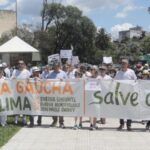 03Democracy in the Face of Ecological Collapse
03Democracy in the Face of Ecological Collapse -
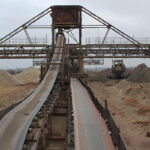 04What’s so special about Ukraine’s minerals? A geologist explains
04What’s so special about Ukraine’s minerals? A geologist explains -
 05New Pope Possesses Attributes That Could Expand Vatican’s Diplomatic Influence in Global Geopolitics
05New Pope Possesses Attributes That Could Expand Vatican’s Diplomatic Influence in Global Geopolitics -
 0650 years later, Vietnam’s environment still bears the scars of war – and signals a dark future for Gaza and Ukraine
0650 years later, Vietnam’s environment still bears the scars of war – and signals a dark future for Gaza and Ukraine -
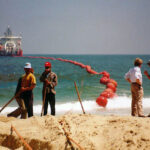 07China’s new underwater tool cuts deep, exposing vulnerability of vital network of subsea cables.
07China’s new underwater tool cuts deep, exposing vulnerability of vital network of subsea cables.



